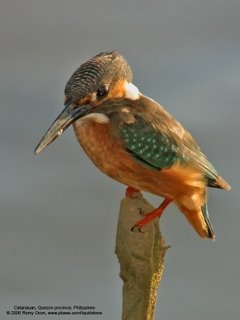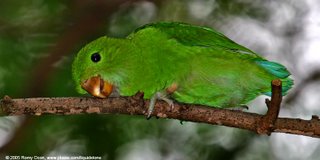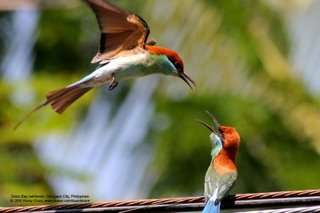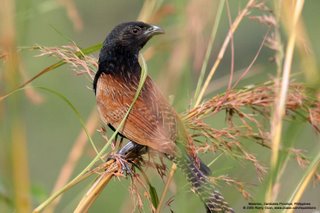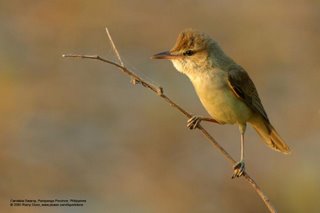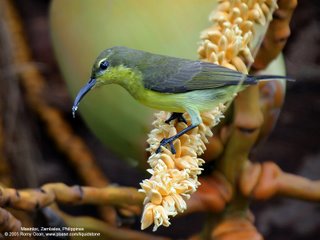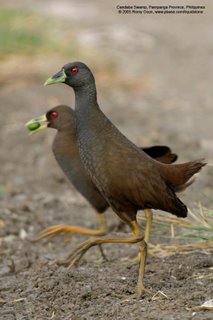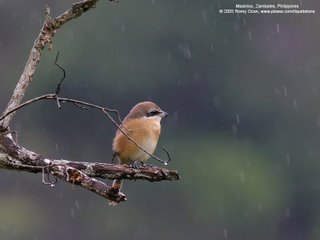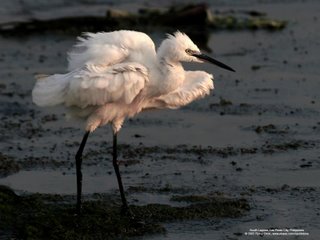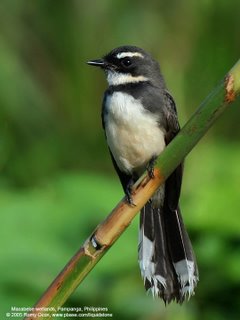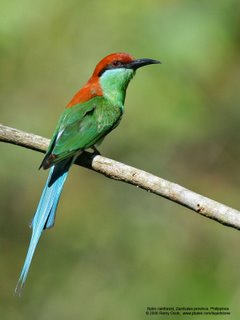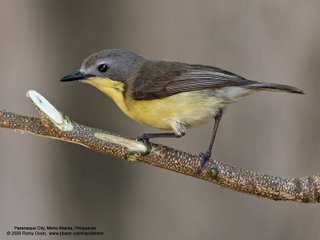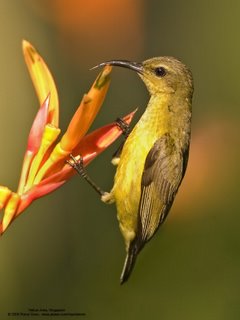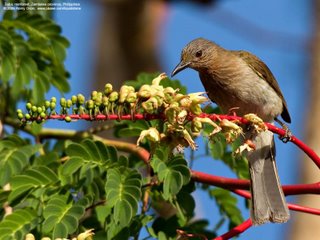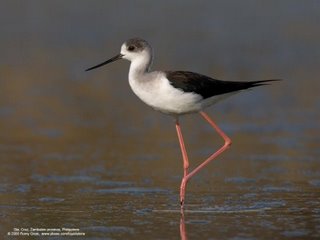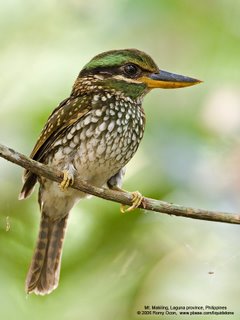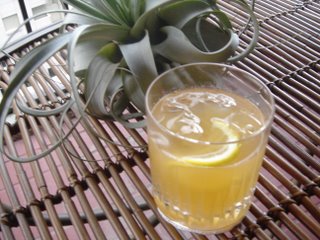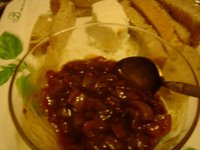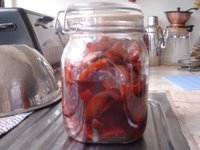
Adapted from the cookbook 50 Great Curries of India by Camelia Panjabi. The book failed to say that the vegetables needed draining so I went ahead and added the whole bowl of soaking chives and methi (fenugreek leaves). I then added cream to the dish because I felt the dish needed it. If you want a dry dish, which would be the case if done correctly, drain the soaking chives and methi before adding it to the pan and omit the cream. Although I have to say, this version turned out pretty good.
1 1/2 cups chopped chives
2 tablespoons dried methi, crushed fine
3/4 teaspoon salt
3/4 teaspoon turmeric powder
1/4 teaspoon chili powder
1 tablespoon calamansi or lemon or lime juice
400 grams shelled prawns
3 tablespoons virgin coconut oil or vegetable oil
1 - 2 jalapeno chilies
4 large cloves garlic
1 inch piece ginger
1/4 cup cream
*3/4 cup coriander leaves
Soak the chives, methi and salt in a bowl of water. In another bowl add the turmeric, chili powder and calamansi juice and marinate the prawns for about 30 minutes.
Chop jalapeno, garlic and ginger in food processor. Saute this mixture in oil. Add 1 tablespoon water. Add (drained) chives mixture and cook 5 minutes. Add the prawns, just before serving, and cook another 5 minutes. Mix in cream.
*the original recipe called for coriander and was added with the chives

